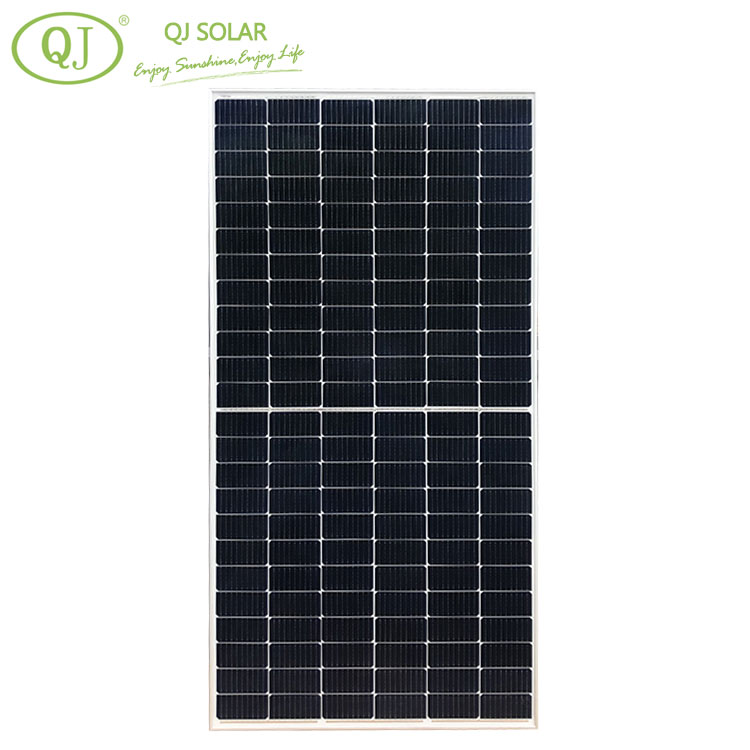Features and considerations for monocrystalline half-cell solar modules
2024-01-23
A monocrystalline half-cell solar module is a type of solar panel that is constructed using monocrystalline solar cells that are cut into half and connected in series to form the module. This design offers certain advantages over traditional full-cell solar modules. Here are key features and considerations for monocrystalline half-cell solar modules:
1. Monocrystalline Solar Cells: Monocrystalline solar cells are known for their high efficiency and performance in converting sunlight into electricity. They are made from a single crystal structure, allowing for efficient electron flow.
2. Half-Cell Configuration: In a monocrystalline half-cell solar module, the monocrystalline solar cells are physically cut in half, and these half-cells are then connected in series to form the module. This results in a higher voltage output and reduced resistive losses.
3. Reduced Resistive Losses: The half-cell configuration reduces resistive losses within the solar module. By connecting smaller cells in series, the electrical current has a shorter path to travel, reducing the internal resistance of the module and increasing overall efficiency.
4. Improved Shade Tolerance: Monocrystalline half-cell modules exhibit improved shade tolerance compared to traditional full-cell modules. The smaller cell size allows for more independent current paths, reducing the impact of shading on the entire module's output.
5. Higher Voltage Output: The series connection of half-cells increases the voltage output of the module. This can be advantageous in systems with inverters that operate more efficiently at higher voltage levels.
6. Enhanced Durability: The smaller cell size and series connection also contribute to enhanced durability. In the event of cell cracks or damage, the impact on the overall module performance is minimized.
7. Thermal Performance: Monocrystalline half-cell modules may exhibit better thermal performance due to reduced resistive losses. Lower resistive losses mean less heat is generated within the module during operation.
8. Improved Aesthetics: The half-cell design often results in a visually appealing module with a more homogeneous appearance. The smaller cells can contribute to a sleeker and more modern look.
9. Application: Monocrystalline half-cell modules are suitable for various applications, including residential, commercial, and utility-scale solar installations.
10. System Design Considerations: When using monocrystalline half-cell modules, consideration should be given to the design of the solar array and the compatibility with inverters and other balance-of-system components.
11. Cost-Effectiveness: While monocrystalline half-cell modules may have a slightly higher upfront cost compared to traditional full-cell modules, their improved efficiency and durability may contribute to a lower levelized cost of electricity (LCOE) over the system's lifetime.
Monocrystalline half-cell solar modules offer a combination of high efficiency, improved shade tolerance, and enhanced durability. They are suitable for applications where maximizing energy production and system longevity are key considerations. As with any solar module, proper system design and installation are crucial for optimal performance.



